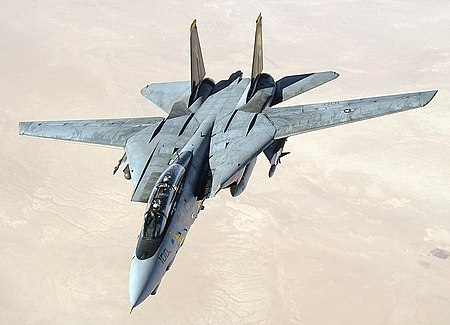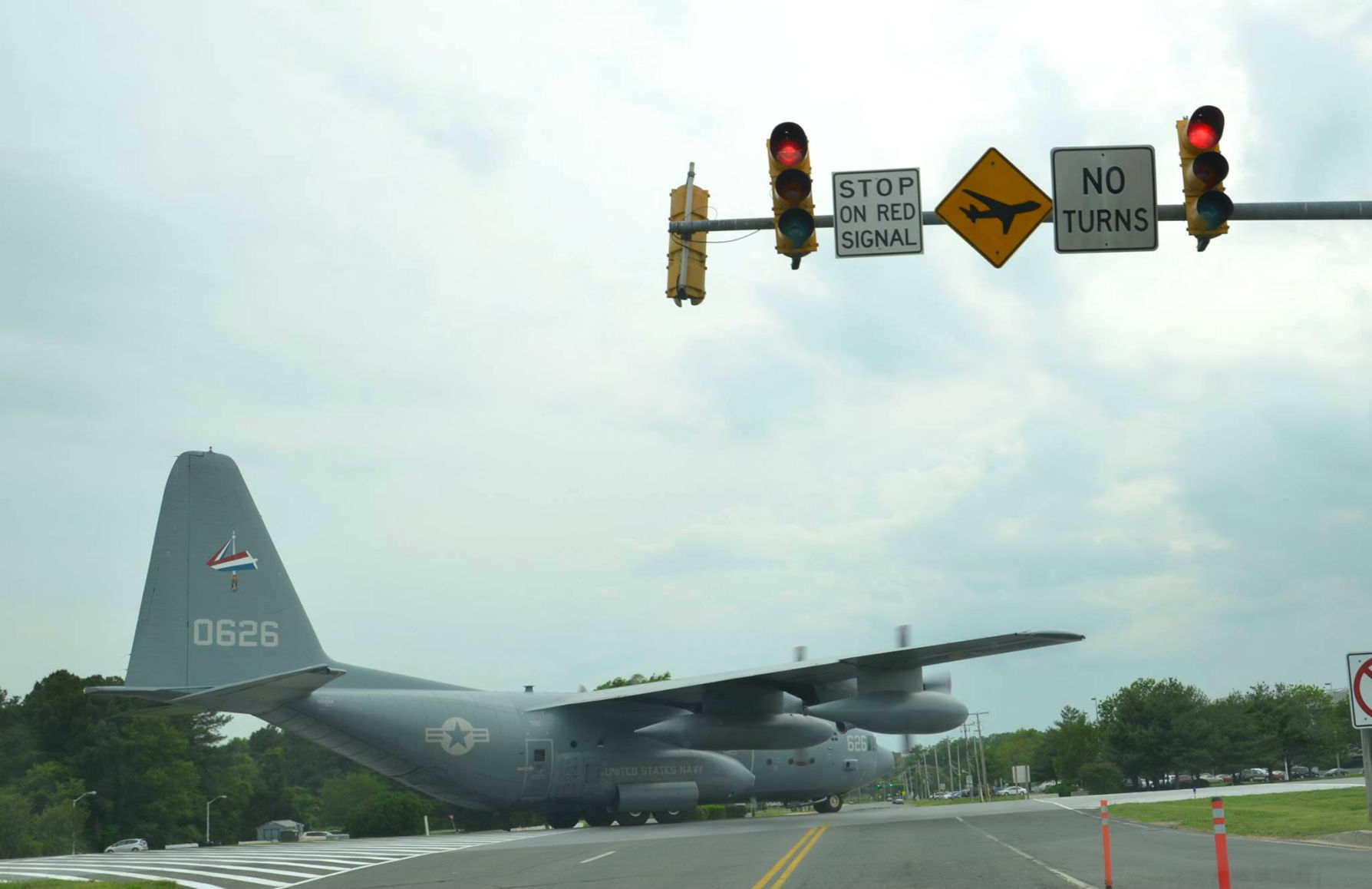On this day, December 21, 1970, the F-14 flew for the first time.
I was stationed at Pax River, so I've seen a few of these.

A U.S. Navy F-14D conducts a mission over the Persian Gulf-region in 2005.
First flight: 21 December 1970
Introduction: 22 September 1974
Retired: 22 September 2006 (United States Navy)
Status: In service with the Islamic Republic of Iran Air Force
The Grumman F-14 Tomcat is an American supersonic, twin-engine, two-seat, twin-tail, variable-sweep wing fighter aircraft. The Tomcat was developed for the United States Navy's Naval Fighter Experimental (VFX) program after the collapse of the F-111B project. The F-14 was the first of the American Teen Series fighters, which were designed incorporating air combat experience against MiG fighters during the Vietnam War.
The F-14 first flew on 21 December 1970 and made its first deployment in 1974 with the U.S. Navy aboard USS Enterprise (CVN-65), replacing the McDonnell Douglas F-4 Phantom II. The F-14 served as the U.S. Navy's primary maritime air superiority fighter, fleet defense interceptor, and tactical aerial reconnaissance platform into the 2000s. The Low Altitude Navigation and Targeting Infrared for Night (LANTIRN) pod system was added in the 1990s and the Tomcat began performing precision ground-attack missions.
{snip}
From NAS Patuxent River Public Affairs Jan 11, 2018

Drivers aboard NAS Patuxent River are reminded that when crossing taxiways and runways at designated areas, aircraft have the right of way. Even when no aircraft is visible, drivers must come to a complete stop before safely proceeding.
U.S. Navy photo by Donna Cipolloni
Part of NAS Patuxent River’s charm is its close relationship with naval aviation. Just about everything done at Pax River is associated with flying, including driving.
The aircraft flying in and out of NAS Patuxent River use three taxiways — Taxiway Alpha by Hangars 305 and 306, Taxiway Foxtrot by the Test Pilot School, and Taxiway Delta by VX-23 — and one runway, Runway 14-32 by Gold Coast housing, that are intersected by Cedar Point Road. At all of these intersections are signs/lights notifying drivers to yield to taxiing/landing aircraft.
“It’s easy to get drivers to stop for oncoming aircraft at an intersection like Cedar Point Road and Taxiway Alpha because there is a full three-cycle light there,” said Lt. Rob Files, installation security officer. “But at the other intersections where there is a just a stop sign and a flashing red light, some drivers think they’re able to just breeze through — even in front of an oncoming aircraft.”
Files wants drivers to know that these intersections are not like intersections that only deal with motor vehicle traffic.
{snip}
True Dough
(20,110 posts)That said, if you're ever on the ground when a jet fighter blows by, it's thrilling as hell!
Of course that's because they're not dropping bombs, targeting missles or firing their guns at you.
captain queeg
(11,780 posts)The fighters make way more noise than any large commercial jet. I wouldn’t want to live in their flight path but I suppose you get used to it. Makes me think; I haven’t heard a sonic boom in years. When I was young I used to hear them all the time. I guess they must have rules nowadays not to break the sound barrier near civilian areas.
StClone
(11,869 posts)U.S. Military retired the swing-wing multi-role fighter years ago but Iran's are still considered one of the better fighters in the Middle East. Iran getting parts for these must be a challenge.